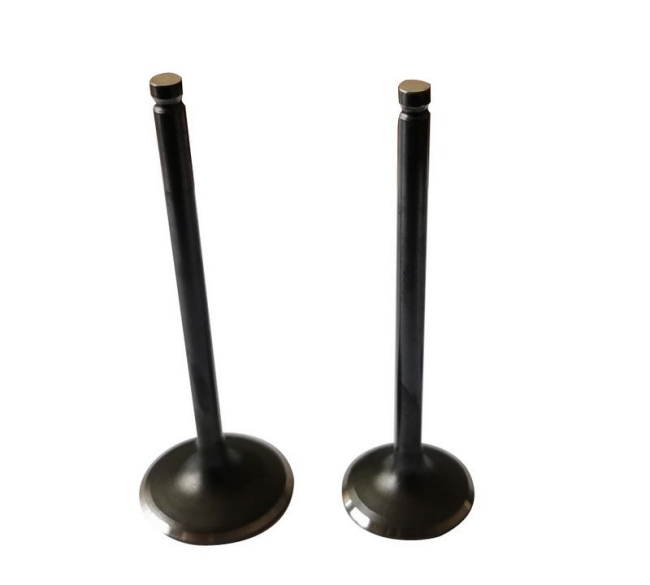Today, the Intake & Exhaust valve Manufacturer has summarized some of the possible causes of valve fracture and Shared them with you, hoping to be of some help to you.
1. Fuel is not qualified
There is a chemical component in gasoline called olefin, which is easy to oxidize and produce gelatine. Gasoline with excessive olefin content is easy to form carbon deposition in the inlet valve and combustion chamber, which will block the movement of the valve, and seriously lead to the valve at high temperature in the catheter hair stuck, causing valve fracture accident.

2. Valve and valve duct clearance is not standard
If the fit-gap is too small, at high temperature, due to the different expansion coefficient of the valve and the catheter, the valve will suffer too much resistance when moving in the catheter, causing the valve to break down. If the fit-gap between the valve and the catheter is too large, it will sometimes cause the valve to brake at high speed.
3. Quality of catheter and valve
They expand unevenly at high temperatures, causing the valve to become stuck at high speeds and causing the valve to break.
4. The elasticity of the valve spring decreases
When the valve is moving at high speed, the weak elasticity cannot make the valve reset in an instant, causing the valve to break.
5. The valve lock clamp falls off
If the valve spring is too elastic, the impact force generated by the valve head and lock clamp will be too large when the valve returns, which will lead to premature wear of the valve head and lock clamp, resulting in the valve lock clamp falling off. This does not exclude the quality problem of the valve itself.
Our company provides spare engine intake valve for motorbike.